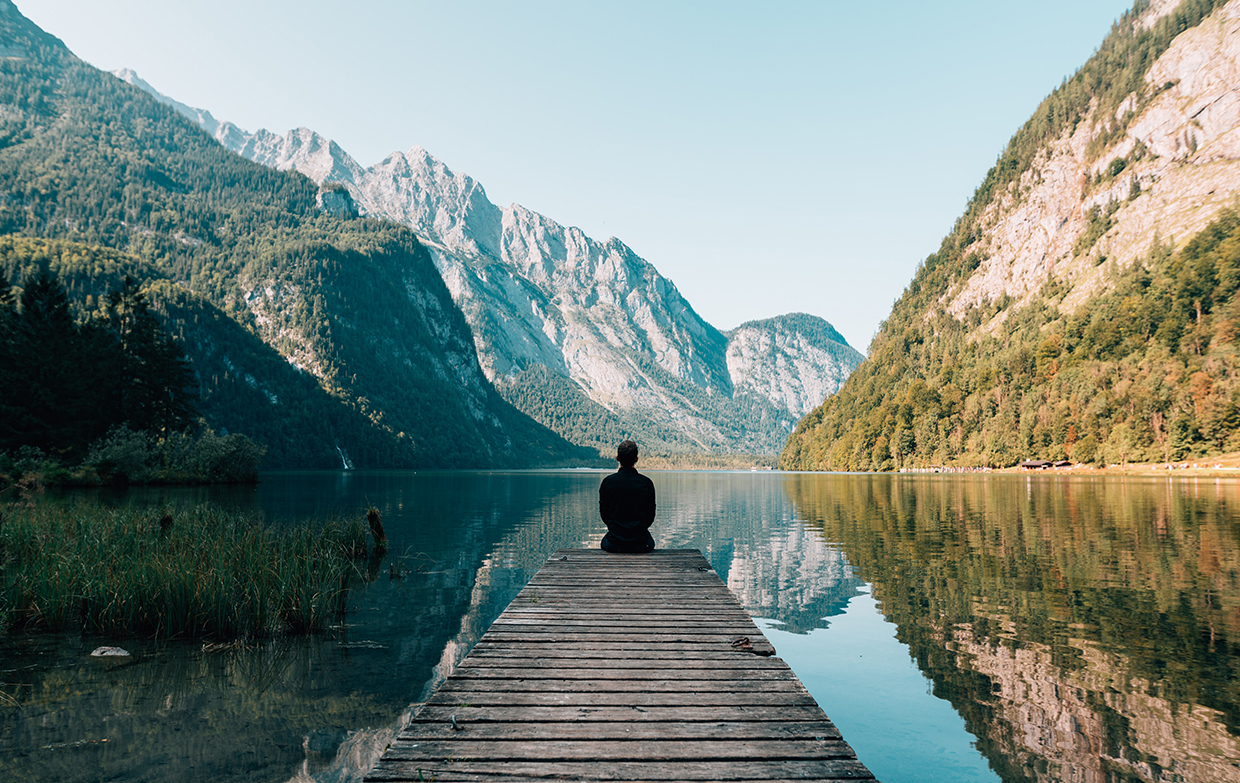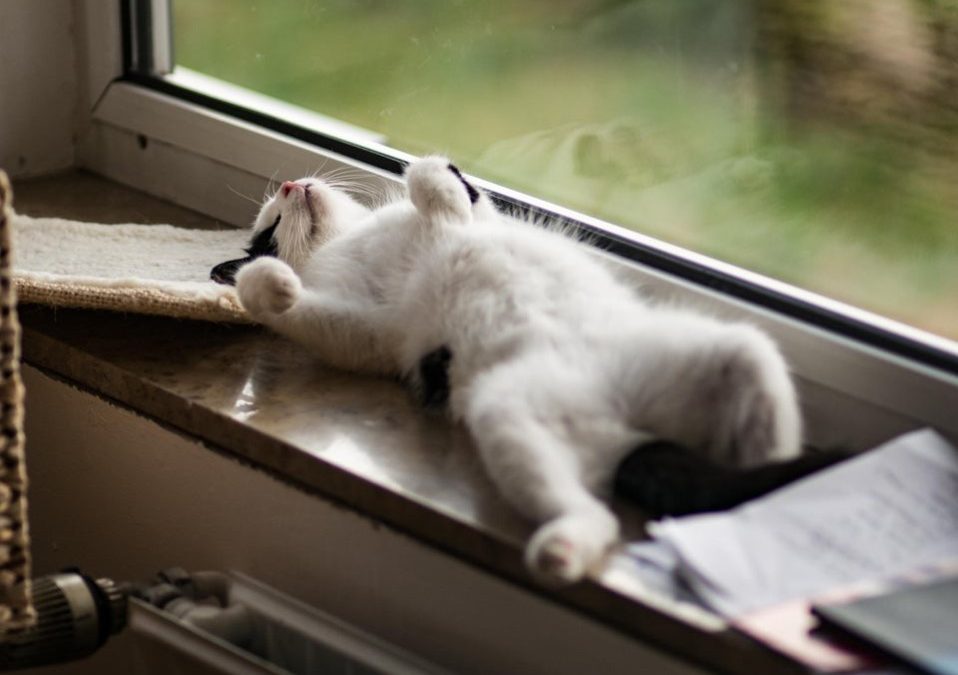One of the more positive things for me about working from home during the pandemic was that that I finally had to have that long-promised clear-out of the office. I got rid of a lot of clutter and rediscovered some useful things that I had forgotten I had. Amongst these was the kit I was given when I was approved to deliver Scotland’s Mental Health First Aid programme more years ago than I care to remember. The programme was run by NHS Scotland and the kit came as a branded wheelie suitcase generously filled with books, leaflets and other resources.
Leafing through these I found lots of things that may prove useful to people so I thought I would share a couple here.
Here are two simple relaxation exercises you can quickly teach yourself to do to help cope with stress.
Comfortable stomach breathing.
- Sit comfortably and breathe slowly, gently and evenly, whilst counting in your mind allowing each count to last about a second.
- Gently rest your hand on your stomach. Breath in normally and hold that breath as you count to five.
- Now breathe out slowly and allow your shoulders, face and body to relax, as you count to four.
- Breathe in again, slowly, allowing your hand to move outwards with your stomach as you count to four.
- Slowly breathe out allowing your hand to move inwards as you count to four.
- Breathe like this for five more breaths focusing your attention on your hand and stomach rising and falling, relaxing more with each breath.
- Hold your breath as you did at the beginning and repeat the exercise once more. Be aware of the sensation of stretching as you breathe in and notice the relaxation that follows as you breathe out.
Doing this exercise regularly will help you to slow your breathing generally. It can also be a helpful way to help you get to sleep at night.
Simple muscle relaxation
We carry tension in our muscles when we are stressed. This exercise is designed to help you let it go. Lie down or sit comfortably and as you do this exercise use the breathing technique detailed above.
- As you breathe in clench your right hand and notice the tension in the hand and in your arm. Now breath out and relax your hand, noticing the difference.
- Now breathe in and clench your left hand, taking notice of the tension, before breathing out, relaxing your hand and noticing the difference. Notice how comfortably heavy your hands and arms feel when you allow them to relax.
- Now breathe in, clenching your buttocks and thighs and taking notice of the tension. Breathe out, relax and notice the difference.
- Breathe in, bending your feet up and notice the tension in your legs and feet. Now breathe out, relax and notice the difference.
- Breathe in and point your toes, noticing the tension in your legs and feet. Now breathe out, relax and notice the difference. Allow your relaxation to deepen and notice the comfortable sensation of heaviness in your legs and arms as you relax them.
- Breathe in and lift your shoulders up towards your ears. Notice the tension in your shoulders and neck. Now breathe out, relax and notice the difference.
- Breathe in and raise your eyebrows, wrinkling your forehead, noticing the tension. Now breathe out, relax and notice the difference.
- Breathe in and squeeze your eyes closed. Notice the tension around your eyes. Now breathe out, relax and notice the difference.
- Breathe in and clench your jaw. Notice the tension in your mouth and jaw. Breathe out and notice how comfortable your whole face feels as you allow it to relax.
- Continue to relax breathing calmly using the comfortable stomach breathing technique.
Using this method regularly will help you let go of tensions when you feel under pressure.
If you grow to like using methods like this to help you relax you might also like to try the guided relaxation I recorded for Mental Health First Aid Ireland as part of their Meitheal campaign in 2020. You can find it here.

